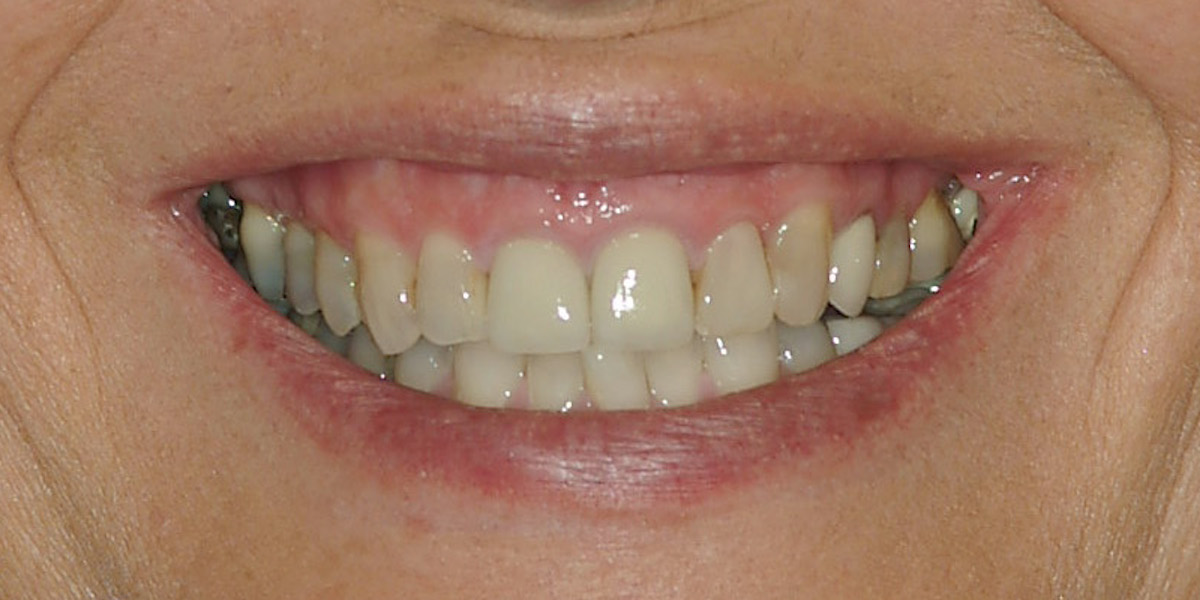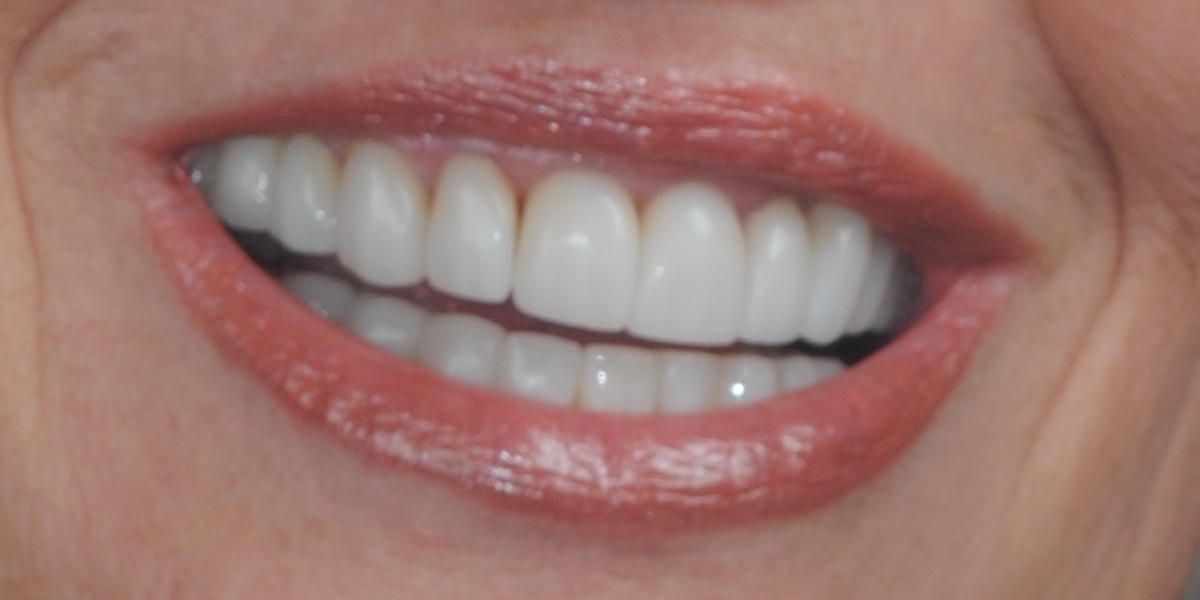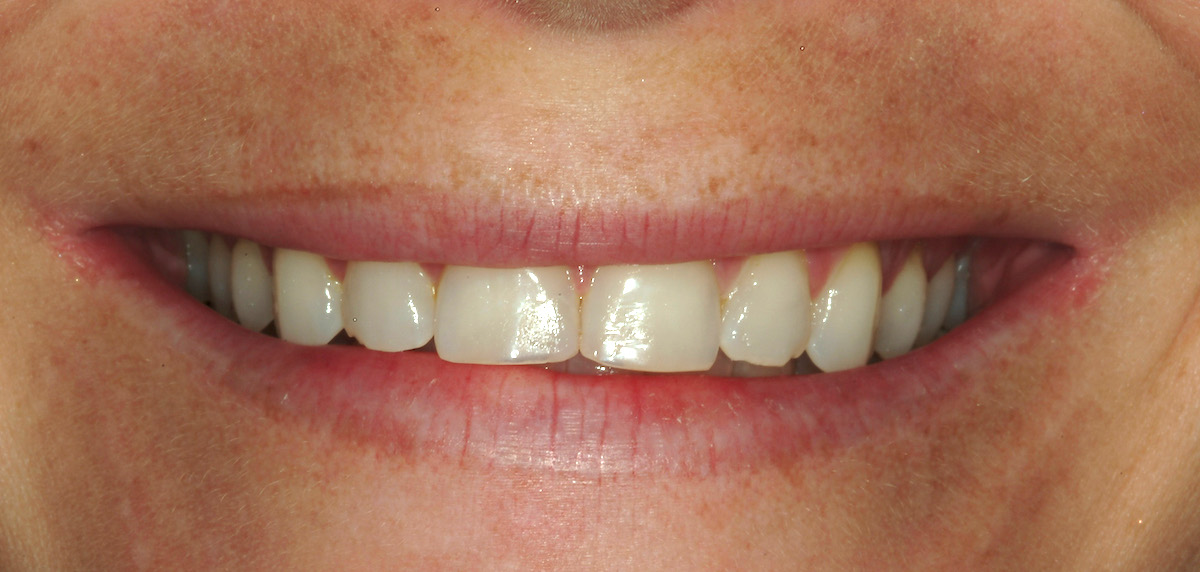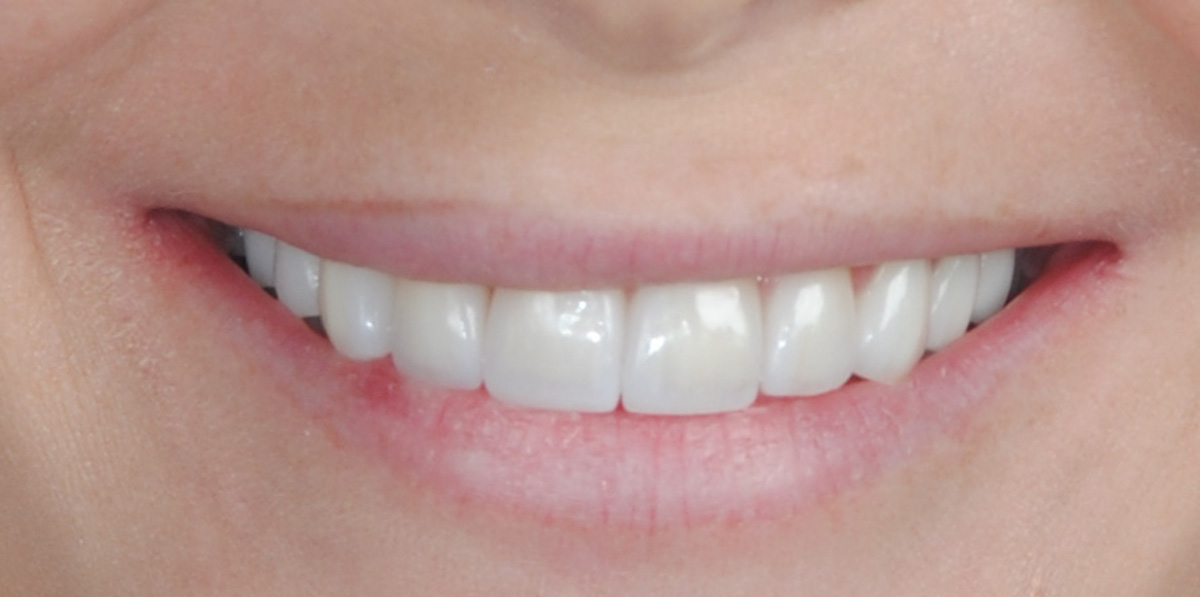Crowns & Bridges
Porcelain Crowns are used in many situations, from adding support to a heavily restored tooth to the use of many crowns to help rebuild worn-down occlusion. After the tooth is prepared and the shade is custom matched to the other teeth in your mouth, a porcelain “cap” is fabricated to cover your tooth.
Dental Crowns
A dental crown (also referred to as a cap) is a fixed prosthetic object that is cemented onto a tooth. Only a dentist can remove it once it’s in place. The main purpose of a crown is to cover a damaged tooth, but it also strengthens it, improving its overall appearance and alignment in the mouth.
Crowns are made by taking an impression of the tooth or teeth they’ll be covering. Before this impression is created, your dentist must first reduce your tooth’s size so that the crown fits properly. Your dentist may also place a temporary crown while the permanent one is being made.
Types of Dental Crowns
There are four different types of dental crowns.
- Ceramic — These are used for restoring front teeth, and are popular in this area for their ability to blend with your natural tooth color. The crown is made of a porcelain-based material.
- Porcelain-fused to metal – This crown provides a stronger bond than regular porcelain because it is connected to a metal structure. It’s also extremely durable.
- Gold alloys – This crown is a mix of gold, copper and other metals. In addition to providing a strong bond to the tooth, it doesn’t fracture, nor does it wear away the tooth itself.
- Base metal alloys – This crown is made up of non-noble metals that are highly resistant to corrosion, and make for a very strong crown. It also requires the least amount of healthy tooth to be removed prior to fitting.
Differences Between Crown Types
The sealing ability of the all-porcelain crown depends on the filling materials and the quality of the underlying tooth, according to the American Dental Association (ADA), whereas the other three provide particularly good seals against leakage.
Durability is best in the gold and metal alloys crowns, whereas the all-porcelain crown tends to be less strong, more susceptible if it is put under enough pressure (if you grind your teeth at night, this may pose a problem). By contrast, the crown of porcelain fused to metal offers better durability. Both porcelain-based crowns are highly resistant to wear, but they can quickly aggravate opposing teeth if the adjacent surface becomes rough. Incidentally, the gold and metal alloys are resistant to wear and gentle on opposing teeth at the same time.


Dental Crowns Before & After


Dental Crowns Before & After
Book Your Consultation Today! No Referal Needed
To contact our prosthodontist about new or existing implants, fill out the form below. You can also reach us by phone at (519) 258-6722 or by email at info@wsdg.ca


